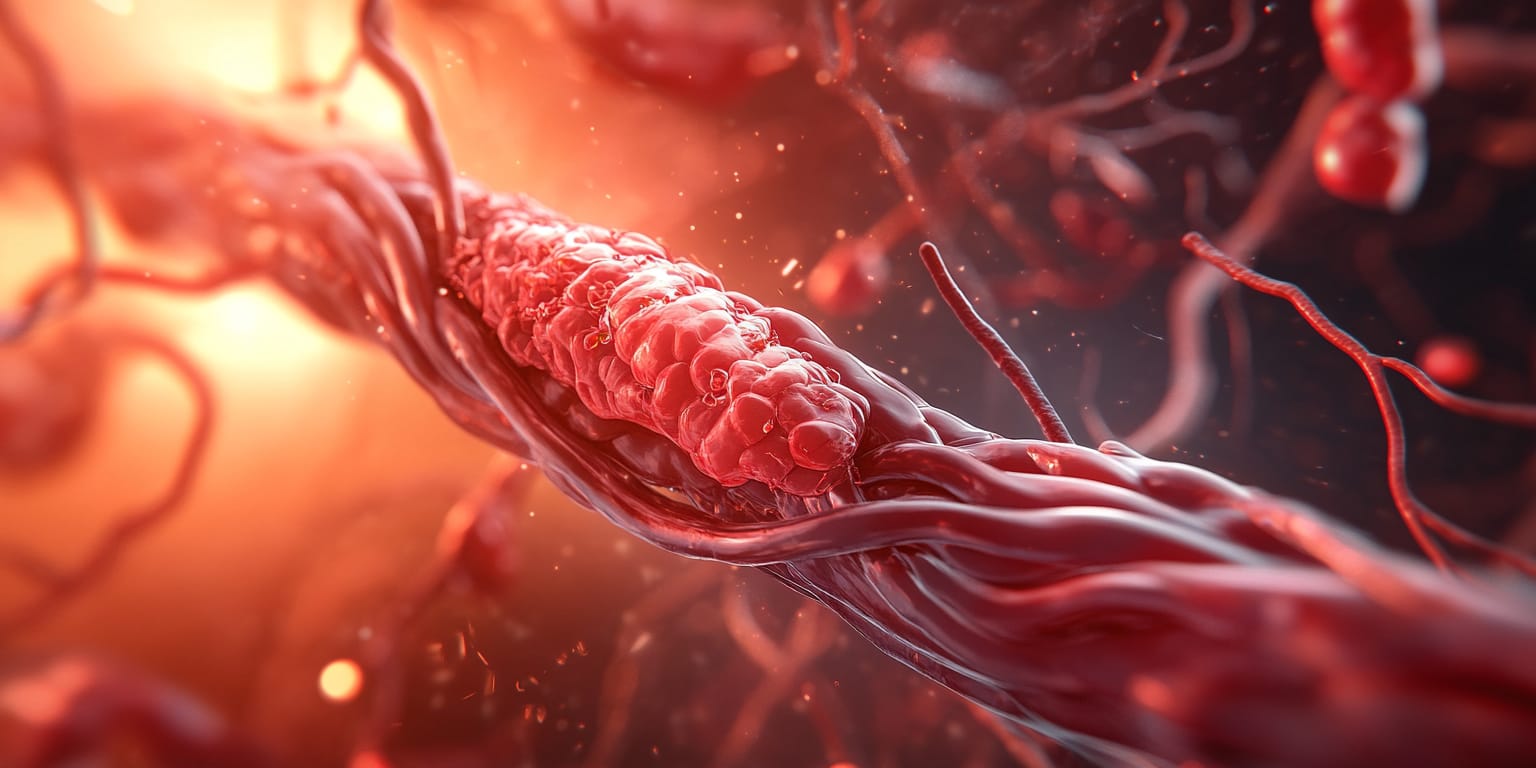Genicular Artery Embolization
Guide to Genicular Artery Embolization
Genicular Artery Embolization (GAE) is a minimally invasive image-guided procedure that treats chronic knee pain from osteoarthritis by reducing abnormal blood flow to the knee's inflamed lining.

What is Genicular Artery Embolization?
Genicular Artery Embolization (GAE) is a cutting-edge, minimally invasive treatment for chronic knee pain caused by osteoarthritis. During GAE, an interventional radiologist uses X-ray guidance to insert a catheter into the arteries supplying the knee (genicular arteries) and delivers microscopic particles that block abnormal blood vessels. By reducing excessive blood flow and inflammation in the knee joint, GAE alleviates pain and enhances mobility—without the large incisions or lengthy recovery associated with surgery.
Why is the Procedure Performed?
GAE is performed to relieve symptoms of knee osteoarthritis, such as:
- Persistent knee pain that limits daily activities or sleep.
- Swelling, warmth, or tenderness due to synovial inflammation.
- Reduced range of motion or stiffness.
- Pain that persists despite medications, physical therapy, bracing, or steroid/viscosupplement injections.
For patients seeking to postpone or avoid total knee replacement, GAE offers an alternative with faster recovery and lower risk.
How is the Procedure Performed?
GAE is conducted in an angiography suite under conscious sedation and local anesthesia:
- Vascular Access: A tiny incision is made in the wrist (radial artery) or groin (femoral artery). A slender catheter is inserted into the artery.
- Catheter Navigation: Using real-time fluoroscopy, the interventional radiologist guides the catheter through the blood vessels to the genicular arteries around the knee.
- Embolization: After contrast dye maps the vessels, microscopic, biocompatible particles are gently injected to block abnormal branches feeding the inflamed synovium.
- Completion: Blood flow reduction is confirmed by imaging. The catheter is removed, and pressure or a closure device is applied to the access site.
The procedure lasts about 45–90 minutes, and patients typically go home the same day.
What are the Risks and Benefits of the Procedure?
- Benefits:
- Significant reduction in knee pain and improved function.
- Outpatient procedure with minimal downtime.
- Preserves native knee joint and delays or avoids joint replacement.
- Low complication rate and no general anesthesia required.
- Risks:
- Bruising, hematoma, or soreness at the access site.
- Temporary increase in knee pain or swelling (post-embolization inflammation).
- Non-target embolization affecting skin or other tissues (rare).
- Allergic reaction to contrast dye.
- Infection or blood vessel injury (very rare).
Discuss these benefits and risks with your physician to determine whether GAE is appropriate for you.
Preparing for Genicular Artery Embolization
What to Expect During the Procedure
You will be awake but relaxed under conscious sedation. The access site will be numbed, and you might feel mild pressure but no significant pain. The procedure takes roughly one hour.
Pre-op Instructions
- Fasting: Do not eat or drink for 6–8 hours before your appointment.
- Medication Review: Provide a detailed list of medications, supplements, and allergies. Some drugs—especially blood thinners—may need adjustment.
- Pre-Procedure Imaging: Recent X-rays or MRI of the knee help plan the procedure.
- Transportation: Arrange for a responsible adult to drive you home.
Medications to Avoid Before the Procedure
- Blood Thinners: Anticoagulants (warfarin, apixaban) and antiplatelet agents (clopidogrel, aspirin) may need to be paused per physician guidance.
- NSAIDs: Could be stopped to reduce bleeding risk unless needed for pain control.
- Herbal Supplements: Discontinue ginkgo, ginseng, garlic, or others that affect clotting.
- Diabetes Medications: You may require dose adjustments due to fasting; follow your physician's instructions.
What to Bring to the Surgery Center
- Medication List with dosages.
- Photo ID and Insurance Card.
- Comfortable Clothing and slip-on shoes.
What to Expect After the Procedure
- Immediate Recovery: You'll rest in a recovery area where staff monitor your vital signs and access site. Mild knee discomfort or warmth is common and treated with medication or ice.
- Discharge: Most patients are discharged after 2–3 hours of observation.
Post-op Instructions
- Activity: Avoid strenuous activity and heavy lifting for 3–5 days. Light walking is encouraged to promote circulation.
- Access Site Care: Keep the bandage dry for 24 hours, then follow instructions for showering and dressing changes.
- Ice and Elevation: Apply ice packs and elevate the knee to minimize swelling during the first 24–48 hours.
- Medications: Take prescribed pain relievers and anti-inflammatory medications as directed. Resume regular medications per your doctor's advice.
Recovery Tips
- Physical Therapy: A guided exercise program may enhance recovery and maintain joint mobility.
- Healthy Weight: Maintaining a healthy weight reduces stress on the knee joint.
- Stay Active: Engage in low-impact activities like cycling or swimming as tolerated.
When to Seek Medical Attention
- Emergency Symptoms: Severe knee pain, sudden swelling, inability to move the knee, worsening redness, drainage, or high fever (>101°F).
- Persistent Issues: Contact your physician if knee pain does not improve or if access-site complications arise.
Understanding what to expect before, during, and after Genicular Artery Embolization will help ensure a smooth procedure and recovery. Always follow your healthcare provider's instructions and communicate any concerns promptly.
Frequently Asked Questions
Dialysis Access Management
Dialysis Access Management encompasses minimally invasive procedures to create, maintain, and restore function to arteriovenous fistulas (AVF) and grafts used for hemodialysis.
Hemorrhoidal Artery Embolization
Hemorrhoidal Artery Embolization (HAE) is a minimally invasive image-guided procedure that treats symptomatic hemorrhoids by blocking the arteries that supply blood to the hemorrhoidal cushions.
